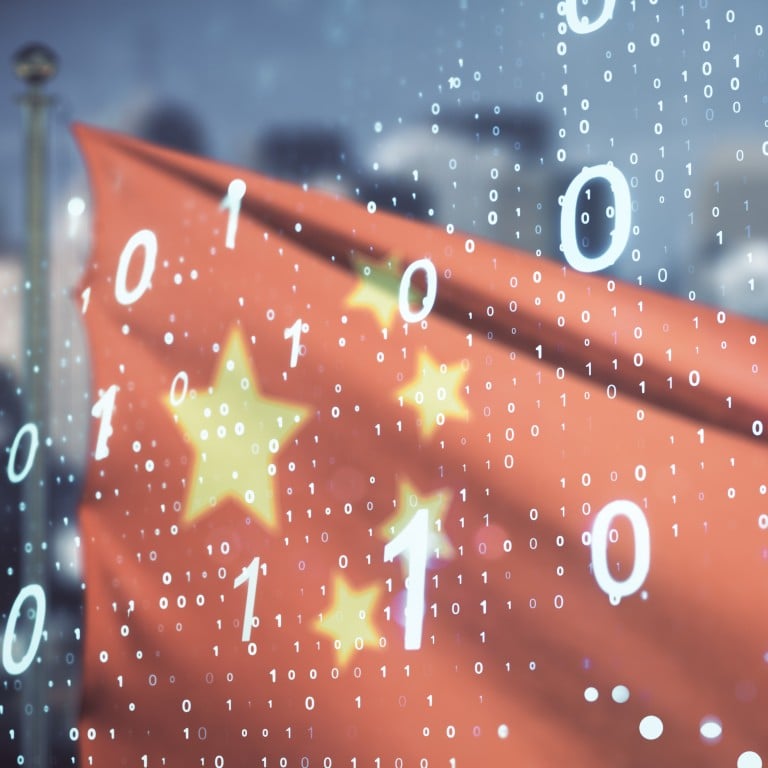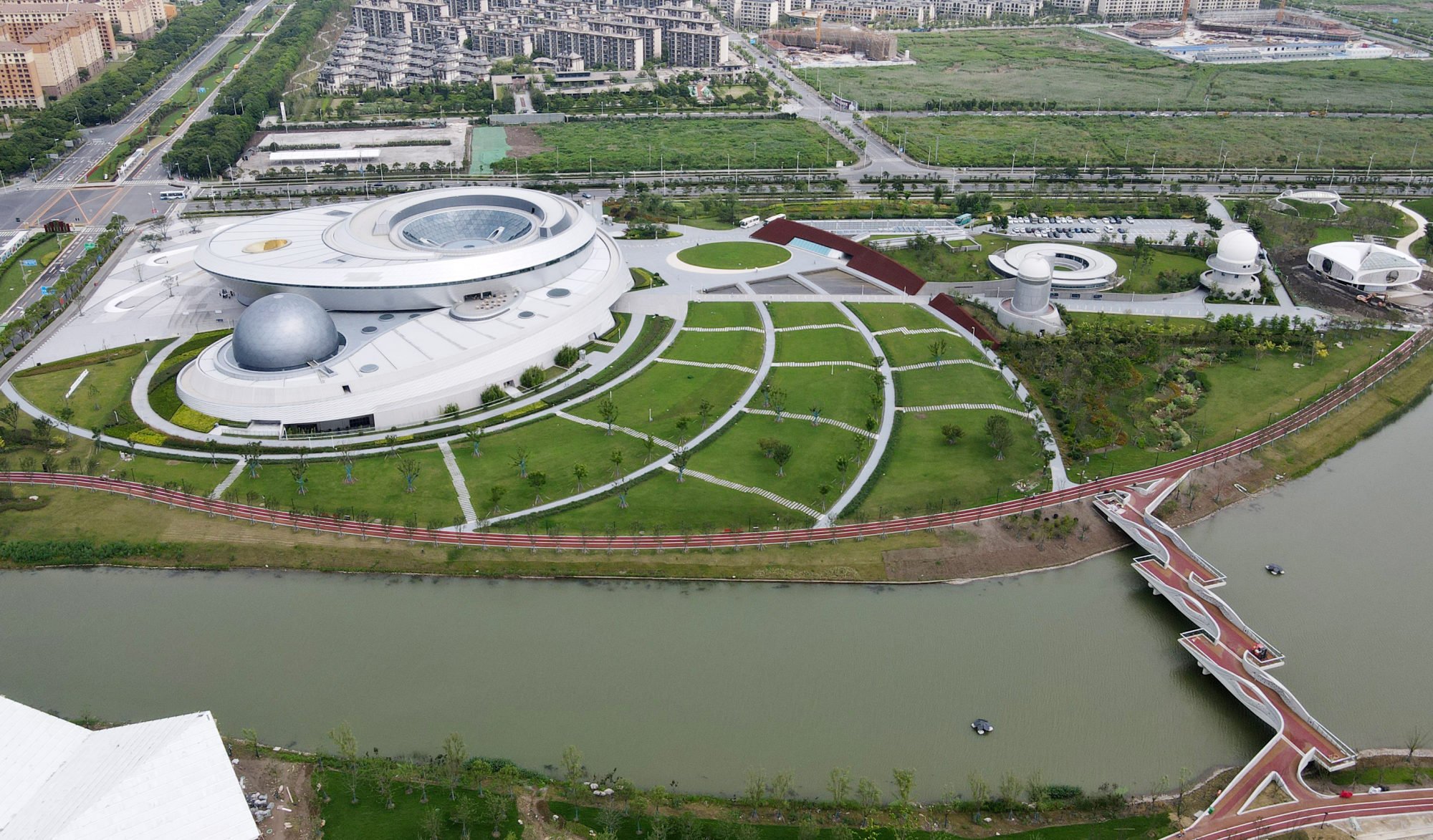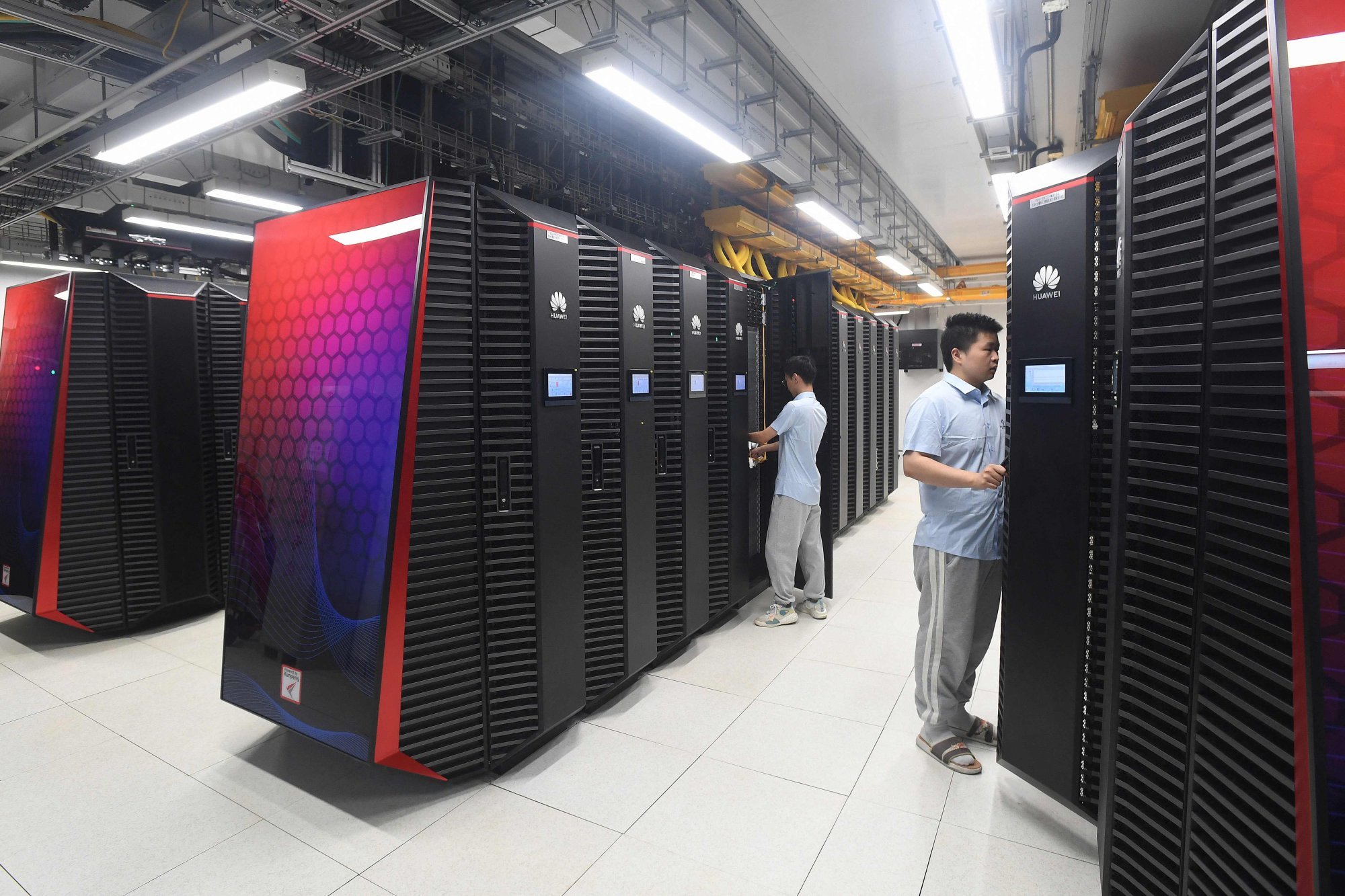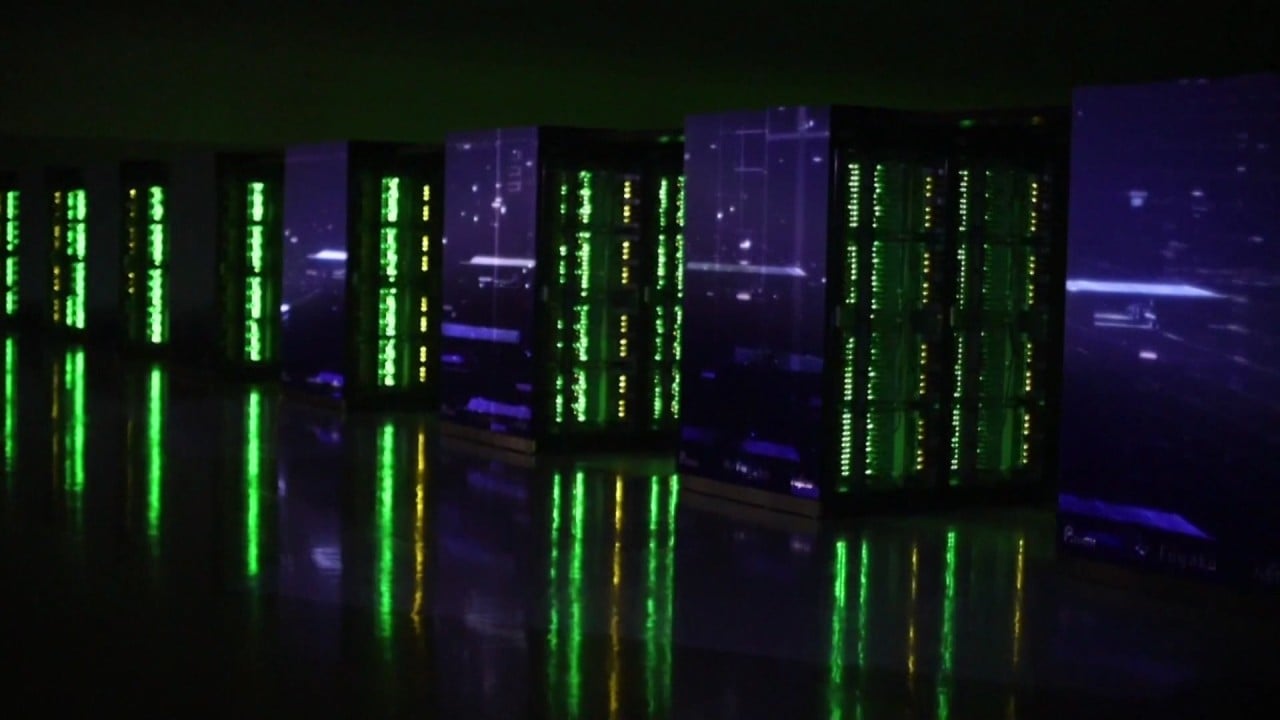
Tech war: new US sanctions against 31 Chinese entities put supercomputing under the spotlight
- Shanghai Supercomputing Technology Co, tied to a municipal-level supercomputing centre, has been placed on the US Entity List
- The Shanghai Supercomputer Centre forms an integral part of China’s push to achieve computing self-sufficiency, according to analysts
Washington’s latest addition of 31 Chinese companies, including a key supercomputing facility in Shanghai, to its export blacklist has thrust the next-generation computing technology into the centre of Sino-US rivalry.
On Monday, the Biden administration restricted exports to Shanghai Supercomputing Technology Co – an enterprise jointly backed by the Shanghai Supercomputer Centre (SSC) and Chinese supercomputer maker Dawning Information Industry – accusing it of “acquiring and attempting to acquire” US-origin items to support China’s military modernisation.
“This entity has supported the operation of supercomputers located in the [People’s Republic of China], specifically by offering cloud-based supercomputing capabilities to support hypersonics research,” the Bureau of Industry and Security under the US Department of Commerce said in a statement.
The Chinese company’s activities were “contrary to US national security and foreign policy interests”, the agency said.
Chinese foreign ministry spokesman Wang Wenbin on Tuesday characterised the US move as “hysteria” and a weaponisation of economic and trade issues, adding that Beijing will “take necessary measures” to protect the country’s interests.
Supercomputers, which are capable of performing a massive number of calculations in seconds, are useful in the development of military systems such as missile defence and nuclear weapons.
“Supercomputing centres have been at the forefront of the US-China tech war,” said Zhang Xiaorong, director of Chinese research institute Shendu Technology. “The vast majority of China’s supercomputers use American chips and software.”
The SSC is a municipal-level facility that belongs to the middle echelons of China’s supercomputing centres, second to national-level centres, according to Zhang.
Its subsidiary, Shanghai Supercomputing, is based in the Lingang New Area. Part of a free-trade zone, the area has been tasked by local authorities with creating a “multi-computing-power supply system” that can generate more than 10 billion yuan (US$1.4 billion) in industry value by 2025.

The system was envisioned as a first-class provider of hyper-converged computing solutions, which combine all services provided by traditional data centres, such as storage, computing and networking.
It will put a special focus on high-performance computing services, such as scientific computing and engineering simulation, according to the official website of the SSC.
SSC is at the core of China’s computing power strategy, and plays an important role in national defence, scientific and technological innovation, and economic development, according to a mainland-based analyst, who requested anonymity to discuss the politically sensitive matter.
While the new US sanctions are expected to affect, to a certain degree, the supply of computing power in Shanghai and nearby regions, as well as the sanctioned entity’s collaboration with American firms, the analyst said substantial and industry-wide damages, like those seen in the Chinese semiconductor industry, are unlikely.
That is because China has already established independent innovation capabilities and market competition in its computing centre industry, he said.

Founded in 2000 with funding from the Shanghai government, the SSC aims to support the city’s transformation into a digital economy by setting up a “public computing power service platform” that provides both supercomputing and intelligent computing.
The centre has business deals with leading US technology companies, including Microsoft, Nvidia, AMD and Intel, according to the SSC website.
While this is not the first time that the US has imposed export curbs against Chinese supercomputing entities, the latest sanctions come as renewed interest in artificial intelligence, sparked by OpenAI’s ChatGPT, fuels surging demand for computing power.
China has been doubling down on its efforts to boost data and computing facilities.
The country’s Eastern Data and Western Computing project, which aims to build data hubs and computing centres in key areas in western and eastern China, is designed to “optimise the allocation of existing computing power resources”, said Chen Jia, a researcher at Renmin University of China.


